by Dr. M | Jan 30, 2018 | Cataracts, Education, Exam, Experience, Floaters, Glasses, Glaucoma, LASIK, Mark Moran, Medical Eye Care, Office, Patient Care, Surgery

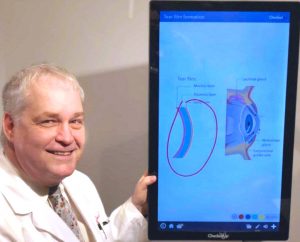
Dr. Moran explains about dry eye and tear film.
New Patient Education Screens in the Exam Rooms.
Dr. Moran knows that an informed patient makes the best health care choices, which is why we take the time to make sure that you have all the information you need to make the right choices for you and your family.
As part of our commitment to patient education, we have recently installed education screens in our exam rooms. Dr. Moran’s goal has always been to give patients the information they need to maintain healthy vision. The addition of these screens takes us to the next level in increasing patient understanding.
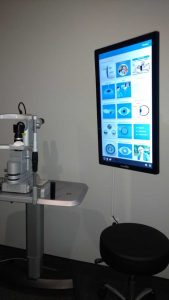
Patient education at our fingertips!

It’s best to Show & Tell!
Now during your exam, not only can we explain what is happening with your vision, we can show you too! We can choose images and videos to help better explain treatment options. The best part is that these boards are interactive! Dr. Moran can draw and write notes on them to help you better understand your eye health and safety.
Educational topics include:
- Dry Eye
- LASIK & PRK
- Cataracts
- Glaucoma
- Macular Degeneration
- Understanding Vision: Myopia, Hyperopia, Astigmatism & Presbyopia.
And we are doing our part to save trees, too!
With this new technology, we can take the information from the screen and email it directly to you! We also have the ability to print directly from the screen as well.
As always, if you have any questions about caring for your eyes, please ask our staff. We are happy that we can now SHOW & Tell! To schedule your next appointment call or text 610-628-2022.
by Dr. M | Jan 8, 2018 | Cost, Education, Exam, LASIK, Mark Moran, Medical Eye Care, Patient Care, Surgery

Dr. Mark Moran has been doing LASIK for almost 20 Years.
I’ve been doing LASIK surgery since the turn of this century, so I keep up on LASIK news. I hadn’t seen deeply discounted LASIK at unbelievable prices in quite a while. But recently, I have started to get emails offering me LASIK at $299 per eye.
As a physician practicing in today’s environment, I have a responsibility to ensure my patients are getting a fair price. When an EpiPen can cost $500, and drug prices can increase from $7.50 to $750 overnight, I must make sure that I consider price options when making recommendations for my patients.
In the past, knowing what it costs to operate a LASER and the cost of performing a safe and accurate LASIK procedure, it was evident that there weren’t many LASIK surgeries being performed at the advertised price of $299. It costs far more than $299 for the doctor to perform LASIK, not to mention the equipment costs for accurate testing and measurements.
I had been told by patients who had investigated the $299 LASIK offer, that the $299 LASIK wasn’t available for them. It seems as though $299 was just the starting price. The cost escalated soon after the consult started. This was second-hand information so I never really got the specific facts until now…
Recently I got an email offer which finally included the “fine print.” I’m going to break it down.
Following is a breakdown of the disclaimer on their low-cost offer:
“Prices based on prescription: up to -1.00 $299,”
The first phrase in the disclaimer is the main reason why so few $299 LASIK procedures are done. A -1.00 prescription is probably about 20/40 vision. You would still be able to drive an automobile both during the day and night. (There are stronger restrictions for nighttime driving.)
The pricing detail continues:
“…-1.25 to -2.0: $1099;
…-2.25 and up as well as all hyperopic and/or greater than -0.50 diopter of astigmatism: $1799.”
Then the other shoe drops. If you have a half of diopter of astigmatism that raises the price to $1799, which is now approaching a reasonable price for a standard LASIK procedure. Seventy percent of all prescriptions written in America have some astigmatism. Which means if there if there is a significant enough prescription that needs correction and one is given, three-quarters of the time it’s going to have astigmatism. The price has now hit the $1800 per eye mark.
“Individual results will vary.”
I got a chuckle from this portion of the disclaimer. Pretty obvious observation.
“Candidacy determined by an independent doctor located within or adjacent to the LASIK Vision Institute’s (LVI) facility. All procedures performed by an independent surgeon. Punctal plugs, assurance plans and other technologies available at additional cost. This offer may not be combined with other offers. Other conditions may apply.”
And then there’s the “additional cost” disclaimer. So even with the maximum quoted price of $1799 there are still add-on charges to consider.
The take-home message: you’re not likely to get LASIK (or do you need LASIK) at $299. There may be small variations in price for LASIK surgery by area doctors, but the costs for procedure tend to be similar.
The smart consumer considering LASIK surgery should be looking for other factors in making their decision. Choose your surgeon based on:
- Level of Experience,
- Successful Patient Outcomes,
- Equipment and Technology Used,
- Patient Satisfaction & Reviews,
- Overall Quality of Care.
caveat emptor.
by Dr. M | Dec 21, 2017 | Exam, Floaters, Laser, Mark Moran, Patient Care
If floaters are getting in the way of your vision, there is a solution.
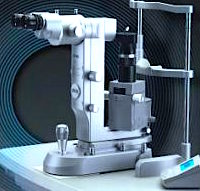
Laser treatment can clear floaters from your vision.
Laser Treatment for Floaters is now available at Moran Eye Associates. This painless, in-office procedure, can remove and reduce floaters from your vision. It is covered by most medical insurances.
The goal of this treatment, known as Vitreolysis, is to achieve a functional improvement so that you can return to day-to-day activities without the hindrance of floaters.
What happens during the procedure?
In an exam room using the YAG Laser pictured above, Dr. Moran will apply laser light to evaporate the floaters. The laser pulses convert the floater molecules into a gas, removing or reducing the floater so that it no longer disturbs your vision.
Before the procedure, your eye will be numbed with anesthetic drops. Then, a contact lens will be placed on your eye so that Dr. Moran can clearly see inside your eye while looking through a special microscope.
During treatment, you may notice small, dark specks or shadows. The laser will make a clicking sound as the pulses of light are applied. Each treatment session will take about 20-30 minutes, and it may take two, or possibly three sessions, in order to achieve the best result.
Are you a candidate for Laser Floater Treatment?
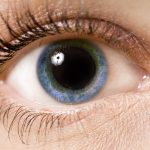
Dilated Eye
Before you schedule the laser procedure, Dr. Moran will need to see you for a dilated evaluation to determine your eligibility for vitreolysis treatment.
Considerations include your age, how long you have had the floaters, and the characteristics of the floaters themselves.
Are there different types of Floaters?
Yes. Floaters are the small pieces of debris that float in the vitreous (clear fluid) of the eye. Floaters can appear long and stringy, cloud-like or round.

Cobweb Floaters
Fibrous Strand Floater: Most common in young people, this thin, dense floater can appear as dots, or stringy cobwebs, which are a result of clumping of the collagen in the eye. Depending on the size and location of this floater, it may be treatable with vitreolysis.
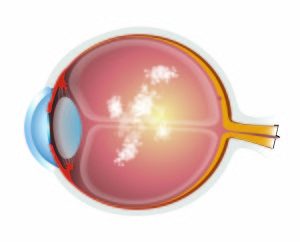
Cloud-Like Floaters
Diffuse Floaters: This cloud-like type of floater is caused by the natural aging of the eye. Due to the scattered, wide-spread nature of this floater, it may require multiple treatments for best results.
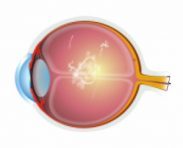
Weiss Ring Floater

Weiss Ring Floater: This large, ring-shaped floater is located safely away from the lens and the retina, which makes it a good candidate for this procedure.
If you have more questions about this procedure, set up an appointment for an evaluation to see if we can make your vision floater-free 610-628-2022.
by Dr. M | Dec 11, 2017 | Appointment, Cataracts, Exam, Patient Care

Live life to the fullest!
The Journal of the American Medical Association (JAMA), ophthalmology division has recently reported that women who had cataract surgery lived longer and had a lower incidence of other diseases.
In October of 2017, the JAMA article revealed the results of a large study of over 70,000 women participating in the Women’s Health Initiative. The Women’s Health Initiative is an observational study of data collected for over 2 decades. It found that over half of the participants followed in the study had cataract surgery. The most common age for the surgery was 70 1/2 years old.
It also found that women who did have cataract surgery had a lower risk of dying – due to any cause – than those who didn’t have cataract surgery. The study was not designed to determine the reason for the lower risks of vascular, accidental, neurologic, or infectious conditions. What it did suggest is cataract surgery improved a patient’s overall function keeping them healthier.
One caution: Cataract surgery for just the sake of having cataract surgery did not indicate an improvement. It is beneficial only if your doctor determined it was necessary for the improvement of your sight.
If you notice that your vision is not as clear as it once was, don’t delay, schedule a cataract evaluation with Dr. Moran.
For more information about cataracts and cataract surgery click on the following link, Understanding Cataracts
by Dr. M | Nov 27, 2017 | Appointment, Dry Eye, Exam, Experience, LASIK, Medical Eye Care, Procedure
If you have dry eye, you are not alone.
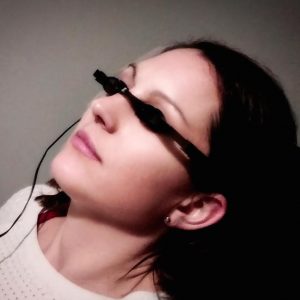 Dry eye is one of the most commonly reported eye complaints. Dry eye is a chronic medical problem that may get worse over time. We now offer in-office heat therapy treatments that target the cause of dry eye, and help preserve a healthy tear system.
Dry eye is one of the most commonly reported eye complaints. Dry eye is a chronic medical problem that may get worse over time. We now offer in-office heat therapy treatments that target the cause of dry eye, and help preserve a healthy tear system.
Dry Eye Symptoms: Along with pain, sandy or gritty feeling, and redness, dry eye can cause eye fatigue and blurred vision. It can also cause difficulty in reading or working on a computer. These symptoms can impact your daily activities.
If you have any of these symptoms but artificial tears aren’t providing relief, it may be time for heat therapy.
15-Minute Heat Therapy Treatments Now Available in our Office: Moran Eye Associates is now offering a safe, in-office, FDA-approved heat therapy. Dr. Moran recommends starting with four 15-minute weekly treatments to help improve the quality of your tear film.
Here’s How Heat Therapy Works: Heat therapy targets one of the major causes of dry eye, Meibomian Gland Dysfunction (MGD). The meibomian glands, which are located in your upper and lower eyelids, provide an essential part of your tear film, lipids (oils). If these glands are blocked, the quality of your tear film suffers. Without these oils, tears evaporate too quickly.
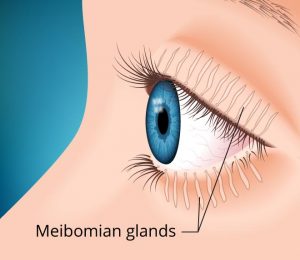
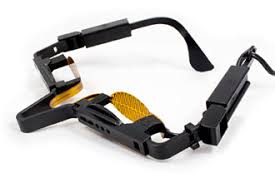
Heat therapy clears blocked meibomian glands, allowing the lipids to flow, and tear film to improve
What Happens During Treatment? While you are seated in a recliner, a technician will adjust the therapy glasses for optimal results. Then, you can sit back, relax and enjoy 15 minutes of targeted heat therapy. A week later you can return for a repeat treatment
How Do I Get Started? Schedule your appointment for a tear film evaluation to see if this treatment is right for you. Once Dr. Moran confirms the diagnosis of the Dry Eye Syndrome/MGD, you can start treatment right away.
Call to schedule your evaluation appointment 610-628-2022.
Pricing: $59 for the 1st Treatment.
Package of 4 additional treatments: $179
For optimal results, Dr. Moran recommends starting your therapy with weekly treatments.
P.S. Dr. Moran and our entire staff have used this heat therapy treatment and are impressed with our results!
by Dr. M | Nov 24, 2017 | Appointment, Exam, Glaucoma, Medical Eye Care, Patient Care
Glaucoma is known as the “Silent Thief of Sight” because it can begin to rob you of your sight before you notice any symptoms.

Regular exams are essential!
Regular eye exams are your best defense against the early detection and treatment of glaucoma. At each visit, we will check your eye pressure, and Dr. Moran will look at the back of your eye to examine the health of the optic nerve. These important tests can detect the start of glaucoma, and get you started on a simple treatment therapy that can save your sight.
Know if you are at risk.
According to the Glaucoma Research Foundation, people in these categories are at higher risk for developing glaucoma.
Age 60 or Older: Glaucoma is much more common among older people. You are six times more likely to get glaucoma if you are over 60 years old.
Family History: The most common type of glaucoma, primary open-angle glaucoma, is hereditary. If members of your immediate family have glaucoma, you are four to nine times higher to develop this disease.
African Descent: Glaucoma is six to eight times more common in African-Americans than in Caucasians.
Hispanics in Older Age Groups: Recent studies indicate that the risk for Hispanic populations is greater than those of predominantly European ancestry, and that the risk increases among Hispanics over age 60sisipisi.ccsisipisi.ccsisipisi.ccsisipisi.cc.
Asian Descent: People of Japanese descent are at higher risk for glaucoma.
You may NOT notice a change in your vision until irreversible damage is done.
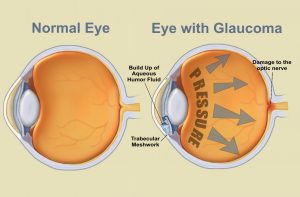
Eye with glaucoma
Many people who are in the early stages of glaucoma are unaware of their condition. When vision loss becomes noticeable, glaucoma may have caused irreversible damage.
If left untreated, glaucoma will lead to blindness. Although there is no cure, medications and surgery can help slow the disease’s progression. Vision loss occurs because increased eye pressure from glaucoma can damage the optic nerve, which carries images from the eye to the brain.
Don’t delay. Early detection and treatment is the best way to manage your condition. Dr. Moran may prescribe eye drops, which, when used daily, may be all that you need to keep your eyes healthy. If prescription eye drops are not sufficient to control your glaucoma, laser treatment or surgery may be an option.
Monitoring your progress: In addition to an eye exam, Dr. Moran may request additional tests. Glaucoma patients are monitored using annual visual field and OCT tests. Changes in your test results may indicate a need for an update in your treatment plan.
To learn more about this disease, visit the Glaucoma Research Foundation GRF.



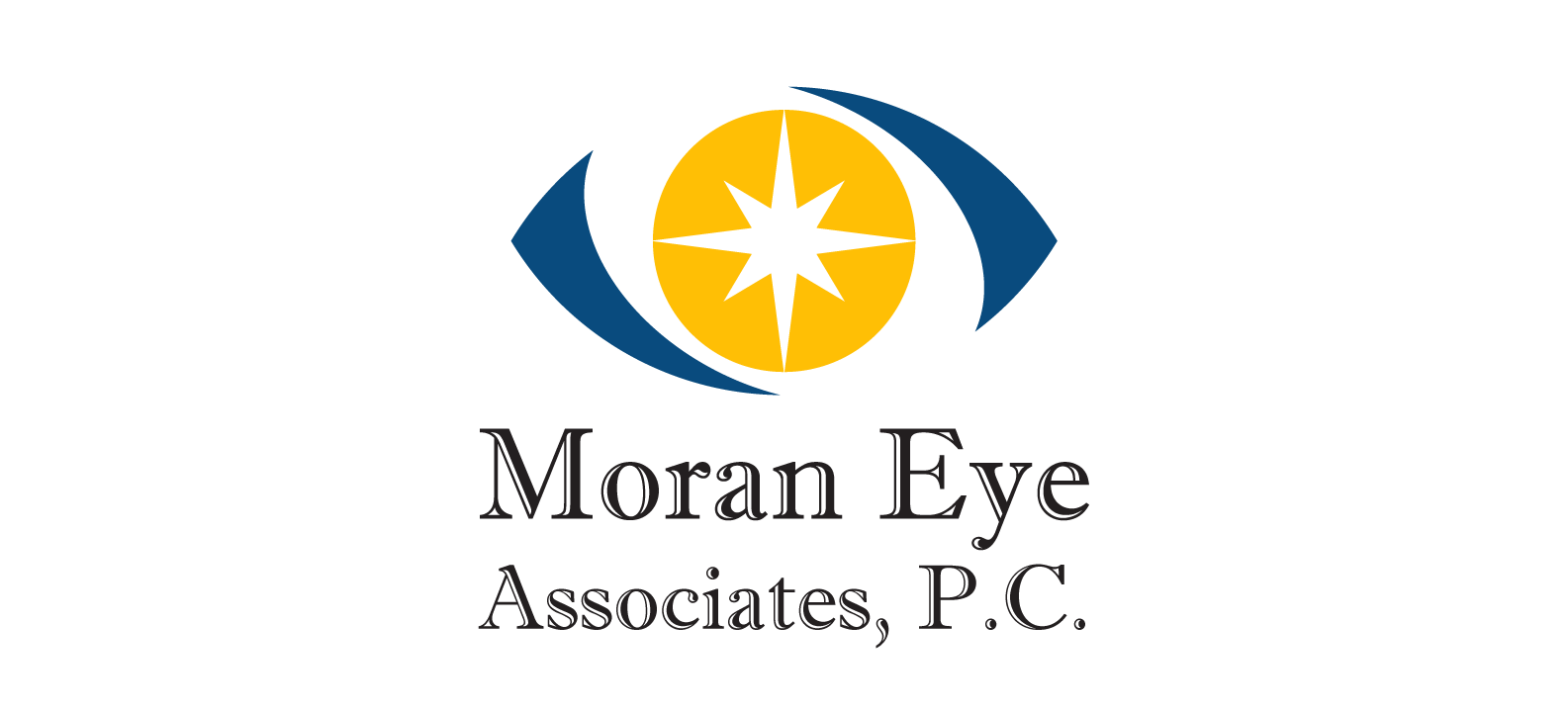











 Dry eye is one of the most commonly reported eye complaints. Dry eye is a chronic medical problem that may get worse over time. We now offer in-office heat therapy treatments that target the cause of dry eye, and help preserve a healthy tear system.
Dry eye is one of the most commonly reported eye complaints. Dry eye is a chronic medical problem that may get worse over time. We now offer in-office heat therapy treatments that target the cause of dry eye, and help preserve a healthy tear system.


